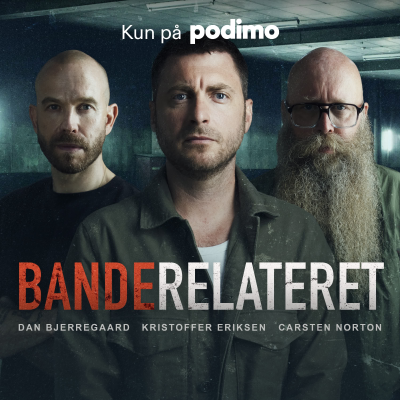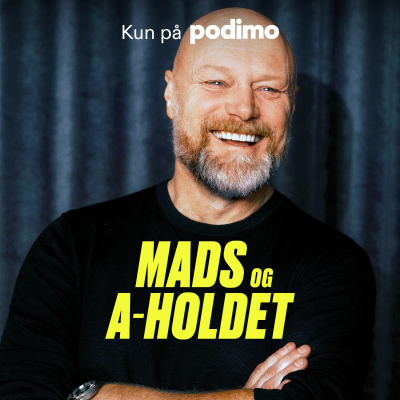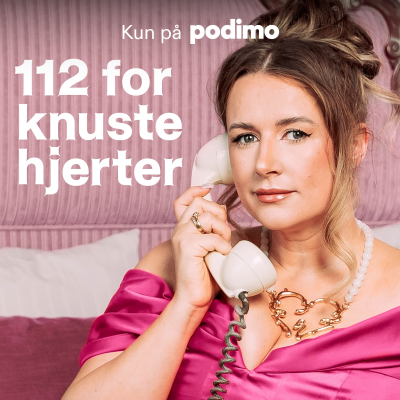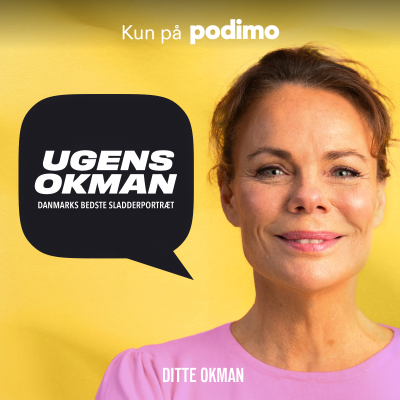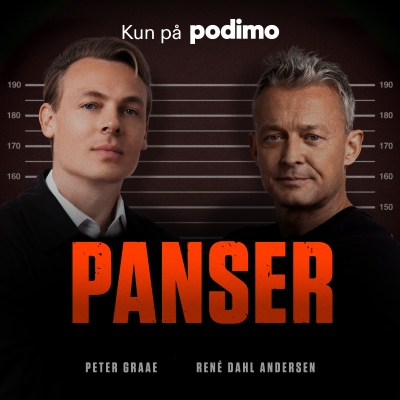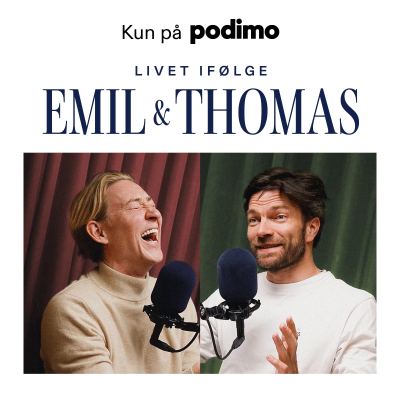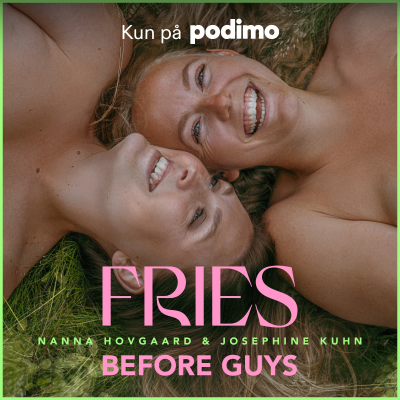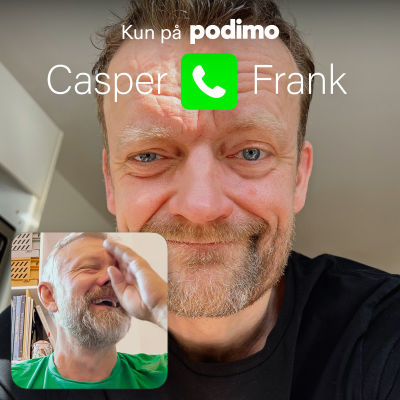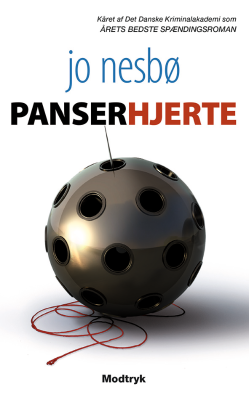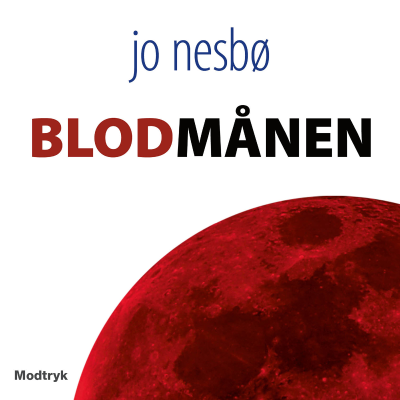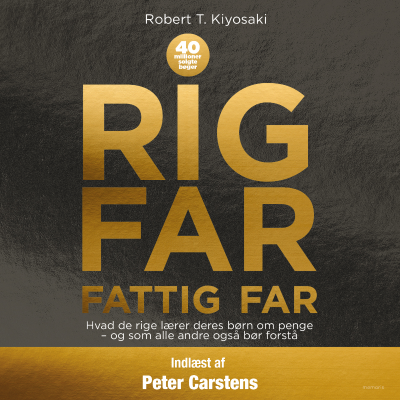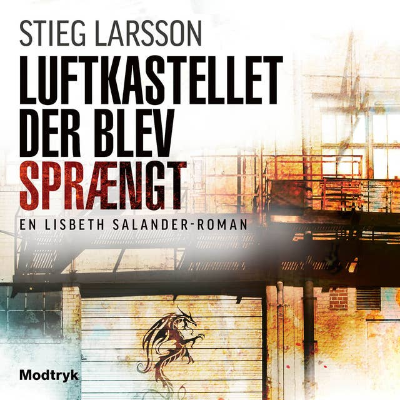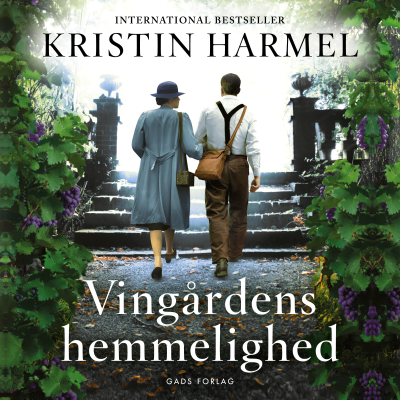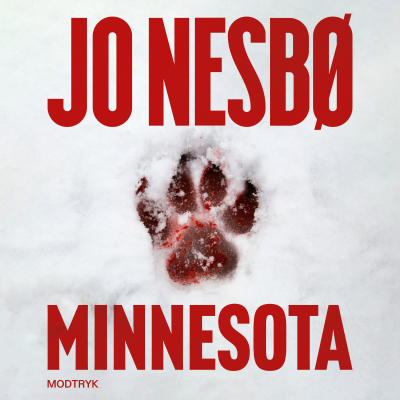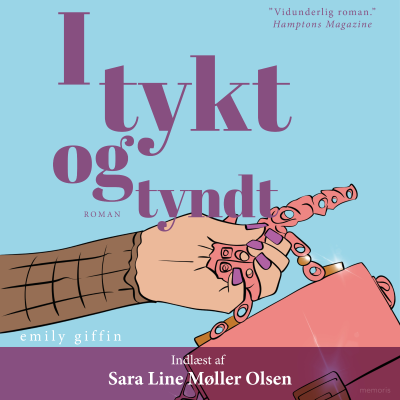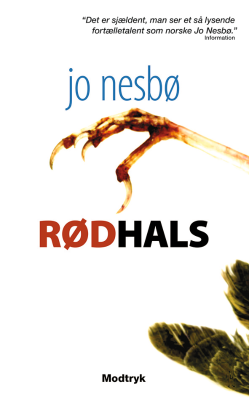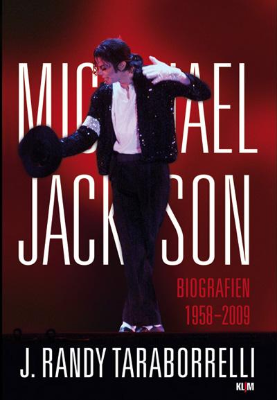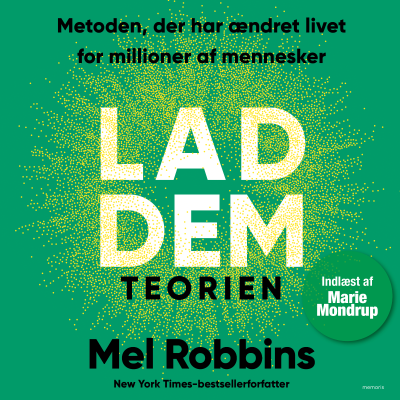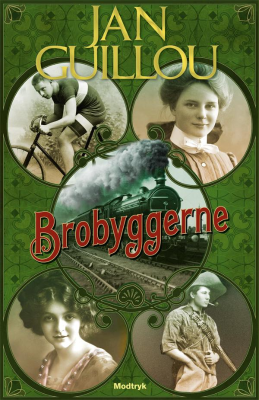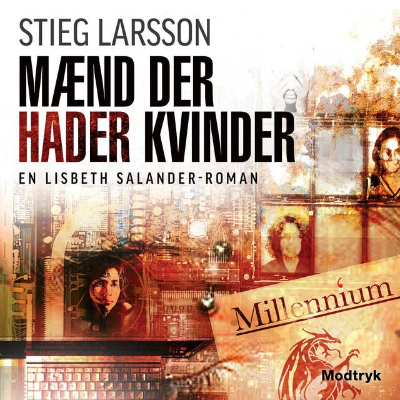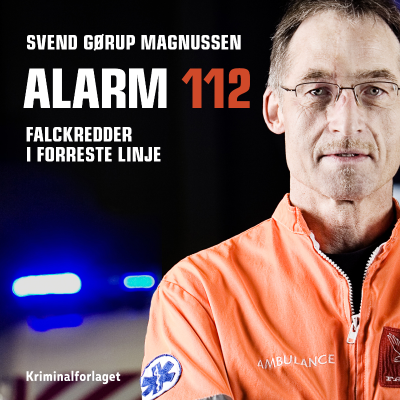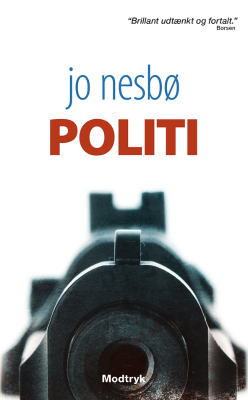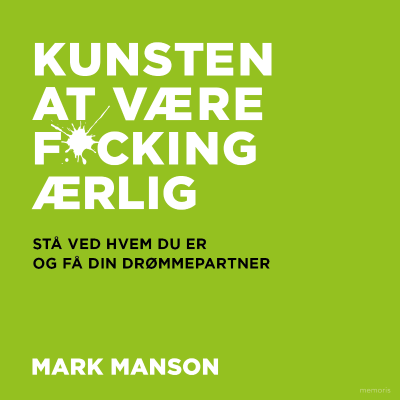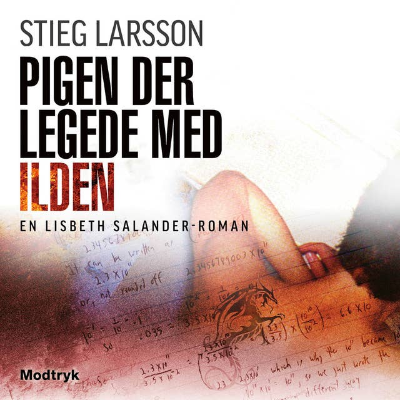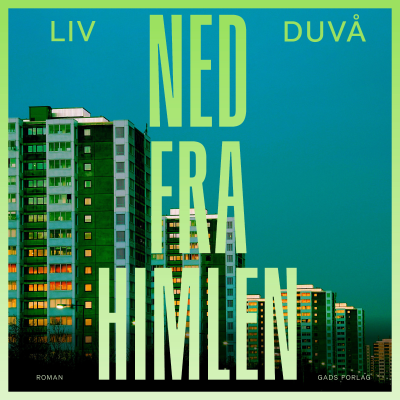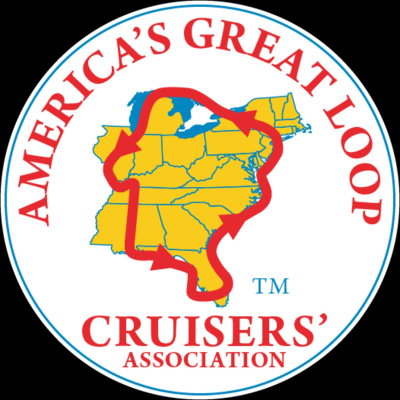
Great Loop Radio Podcast
engelsk
Kultur & fritid
Begrænset tilbud
1 måned kun 9 kr.
Derefter 99 kr. / månedOpsig når som helst.
- 20 lydbogstimer pr. måned
- Podcasts kun på Podimo
- Gratis podcasts
Læs mere Great Loop Radio Podcast
America's Great Loop Cruisers' Association brings you this weekly podcast providing information and inspiration to help you plan your own Great Loop adventure.
Alle episoder
647 episoderGreat Loop Myths Busted!
If you enjoyed our episode a few weeks back on "Looper Lore", then you'll appreciate this episode as we bust some Great Loop myths. Kim & Ted from Pony are our guests as we explore some of those Looper sayings, or pieces of advice, that you might want to reconsider when planning and cruising your own Great Loop adventure. The Great Loop is the boating adventure of a lifetime. Loopers follow the 6,000-mile route in their own boats, cruising up the east coast, into the Great Lakes, through the inland rivers, and through the Gulf of Mexico. Learn more at www.greatloop.org.
Planning for the Cost of Looping
How do you know how much boat you can afford? How can you be sure you'll have enough money left after the Loop for the rest of your retirement? And how can you make sure the money you've saved for the Loop goes as far as possible? Join us for this episode of the Great Loop Radio podcast as Cathy Aull, Certified Financial Planner with Edward Jones, discusses how to plan for the financial aspects of Looping.
Florida Anchoring Law Update
The Boaters' Rights Advocacy Coalition [https://boatersrightscoalition.org/] is a group of dedicated boaters associations representing more than 20,000 members committed to advocating for the rights of all active cruisers and boaters. Our mission is to ensure safe, equitable, and sustainable access to our public waterways. Here's how you can help protect anchoring on Florida's waterways: Contribute to our Advocacy Fund [https://www.greatloop.com/product-page/advocacy-fund-contribution]. This fund helps pay our lobbyist in Florida. Without professional representation, we don't have a seat a the table. Contact the members of Florida's Senate Fiscal Policy Committee: We are concerned that Senate Bill 594 will be added to the agenda for the Senate Fiscal Policy Committee the week of 4/14/2025. SB 594 could ban anchoring within 2,500 feet of Florida's Seaports and is purported to be a security measure, but there is no evidence of a security threat needing mitigation. Please email or call the Senators on the committee (see below) as soon as possible and share why you oppose the bill. Below some specific points regarding this bill for your use when calling or emailing. Please choose a few and tailor them to make your own. * State Parks near several ports -- including the Ports of Everglades, Panama City, Fernandina, Fort Pierce, Pensacola, Key West, Tampa -- where anchoring is currently enjoyed are within the potential no-anchoring zones created by this bill. * Common recreational anchoring areas are negatively affected in this bill. Fernandina, Port Canaveral, Ft Pierce, Lake Worth, Miami and Key West will lose much or all of their anchoring area. * The setback is excessive, and is not supported by historical events or the water depths which are 10ft or less in some of the areas the bill would make off limits, making the ideal areas for us to anchor but not useable by cargo or cruise ships * Port security concerns are not highlighted in publicly available minutes from meetings of the Ports Council, Port of Palm Beach, and Port of Miami. * Generally, federal law controls the regulation of navigation, seaport security and other aspects of admiralty law in and upon the navigable waters of the United States. The U.S. Supreme Court has consistently determined that federal supremacy principles mandate that federal law preempts state and local government efforts to impose conditions on port entry that federal laws already cover. Federal law allows a state to regulate its ports and waterways, as long as the regulation is based on the peculiarities of local waters that call for special precautionary measures. We believe these waters do not call for special precautionary measures, and the state of Florida lacks jurisdiction in this matter. There is substantial case law that supports this assertion. * The US Coast Guard (USCG) is the lead federal agency for maritime security and the primary enforcer of security zones around seaport facilities and vessels not the Florida Wildlife and Conservation Commission. The USCG issues security zone orders, conducts patrols and inspections, coordinates with other agencies and stakeholders, and responds to incidents and emergencies within security zones. General Guidelines on Contacting Legislators: * Email or phone are the best ways to reach a legislator. Letters are second best, but in our electronic world today everyone uses computers. * Timing is very important. Don’t delay your email until after the bill has been passed. HB 481 will be heard in committee onWednesday aftermoon. * Be polite and professional. Profanity will not help no matter how frustrated you may be. * Address the email/letter as ‘Dear Senator xxx’ and ‘Dear Representative xxx’. * Limit your message to 200 words or so. Long emails don’t get the point across. Three paragraphs are a reasonable limit for emails and letters. * If not a Florida resident, identify yourself as cruiser/tourist from ________ state. Emails from citizens of other states are also effective because a large segment of Florida’s economy is based on tourism. * Form letters are routinely ignored except they are simply tallied up. They represent the viewpoint of one individual, no matter how many times they are transmitted. Please take the time to put the “talking points” we’ve provided into your own words. * Work very hard to avoid misspellings, grammatical errors and skipped words in your document. These are easy to spot, and may cause the reader to misunderstand what you are saying or skip reading your email entirely. Here are the committee members to contact: Last NameFirst NameCapitol PhoneEmail AddressGrutersJoe(850) 487-5022gruters.joe.web@flsenate.govOsgoodRosalind(850) 487-5032osgood.rosalind.web@flsenate.govArringtonKristen(850) 487-5025arrington.kristen.web@flsenate.govAvilaBryan(850) 487-5039Avila.Bryan.web@flsenate.govBernardMack(850) 487-5024bernard.mack.web@flsenate.govBoydJim(850) 487-5020boyd.jim.web@flsenate.govBradleyJennifer(850) 487-5006bradley.jennifer.web@flsenate.govBurtonColleen(850) 487-5012Burton.Colleen.web@flsenate.govCalatayudAlexis(850) 487-5038Calatayud.Alexis.web@flsenate.govDavisTracie(850) 487-5005Davis.Tracie.web@flsenate.govGaetzDon(850) 487-5001gaetz.don.web@flsenate.govIngogliaBlaise(850) 487-5011ingoglia.blaise.web@flsenate.govJonesShevrin ''Shev''(850) 487-5034jones.shevrin.web@flsenate.govLeekTom(850) 487-5007leek.tom.web@flsenate.govPassidomoKathleen(850) 487-5028passidomo.kathleen.web@flsenate.govRodriguezAna Maria(850) 487-5040rodriguez.anamaria.web@flsenate.govSimonCorey(850) 487-5003simon.corey.web@flsenate.govTruenowKeith(850) 487-5013truenow.keith.web@flsenate.govYarboroughClay(850) 487-5004Yarborough.Clay.web@flsenate.gov
7 Questions to Ask Locals on the Loop
When Foster & Susan did the Great Loop, they decided not to follow the pack to the "usual" Looper stops. Instead, they asked 7 questions to locals around the Loop that helped them find the hidden gems, the waterways less traveled, and ultimately, make the Loop their own. Join us this week as Foster & Susan share their 7 questions that led them to the best food, drinks, places, and sights along the Great Loop route. The Great Loop is the boating adventure of a lifetime. Loopers follow the 6,000-mile route in their own boats, cruising up the east coast, into the Great Lakes, through the inland rivers, and through the Gulf of Mexico. Learn more at www.greatloop.org.
Looper Lore
Most Loopers have their favorite sayings that apply to the Great Loop. This week, we share some of the best "Looper Lore" that you'll hear during docktails and other discussions on the Great Loop. Tsali and Jacque Bentley, platinum Loopers and AGLCA award winners, are my guests this week as we reveal and explain some of the favorite Looper Lore submitted by our members. The Great Loop is the boating adventure of a lifetime! Loopers cruise the 6,000-mile Great Loop route aboard their own boats completing a circumnavigation of the eastern U.S. and part of Canada via mostly protected inland waterways. The Great Loop route follows the Atlantic Intracoastal Waterway, the Chesapeake Bay, and the New York Canals northwards, goes across the Great Lakes, south on the Inland Rivers, and then east Gulf Coast to complete the Loop. Learn more at www.greatloop.org
Vælg dit abonnement
Begrænset tilbud
Premium
20 timers lydbøger
Podcasts kun på Podimo
Gratis podcasts
Opsig når som helst
1 måned kun 9 kr.
Derefter 99 kr. / måned
Premium Plus
100 timers lydbøger
Podcasts kun på Podimo
Gratis podcasts
Opsig når som helst
Prøv gratis i 7 dage
Derefter 129 kr. / month
1 måned kun 9 kr. Derefter 99 kr. / måned. Opsig når som helst.

